If I were to ask people on the street what makes a rooster a rooster, what do you think they might say? I guarantee most would mention their crow, the large wattles and comb, or the impressive and beautiful feathering.
And of course, all those answers are correct, but there is one more important feature to a rooster that (although absolutely essential) I was totally ignorant of before I became a homesteader. The rooster spurs.
What Are Rooster Spurs?
Like the antlers on a whitetail buck or the huge tusks on a male walrus, all cockerels are equipped with an impressive weapon for defending their flock and sparring with rival males. The spurs are a wicked-looking spike of keratin — the same stuff that makes up the rooster’s beak or your fingernails.

A rooster’s spur is located about halfway between the chicken’s foot and hock. And like your fingernails, it has a quick that is directly attached to the leg bone. If you were to see a cross-section of a spur, you would see the small inner cone of the quick entirely covered by the hard outer cone of the spur itself.
If you ever see a rooster go on the offensive, it will leap up, then swing out its feet. The spurs become the rooster’s leading edge, imparting a grievous puncture wound to whatever gets in its way. With the accompanying flurry of feathers, it can be an intimidating sight. Often, this display can be enough to make an inquiring predator leave for easier pickings. If it’s not enough of a deterrent, however, most roosters will bravely fight to the death to protect their hens.
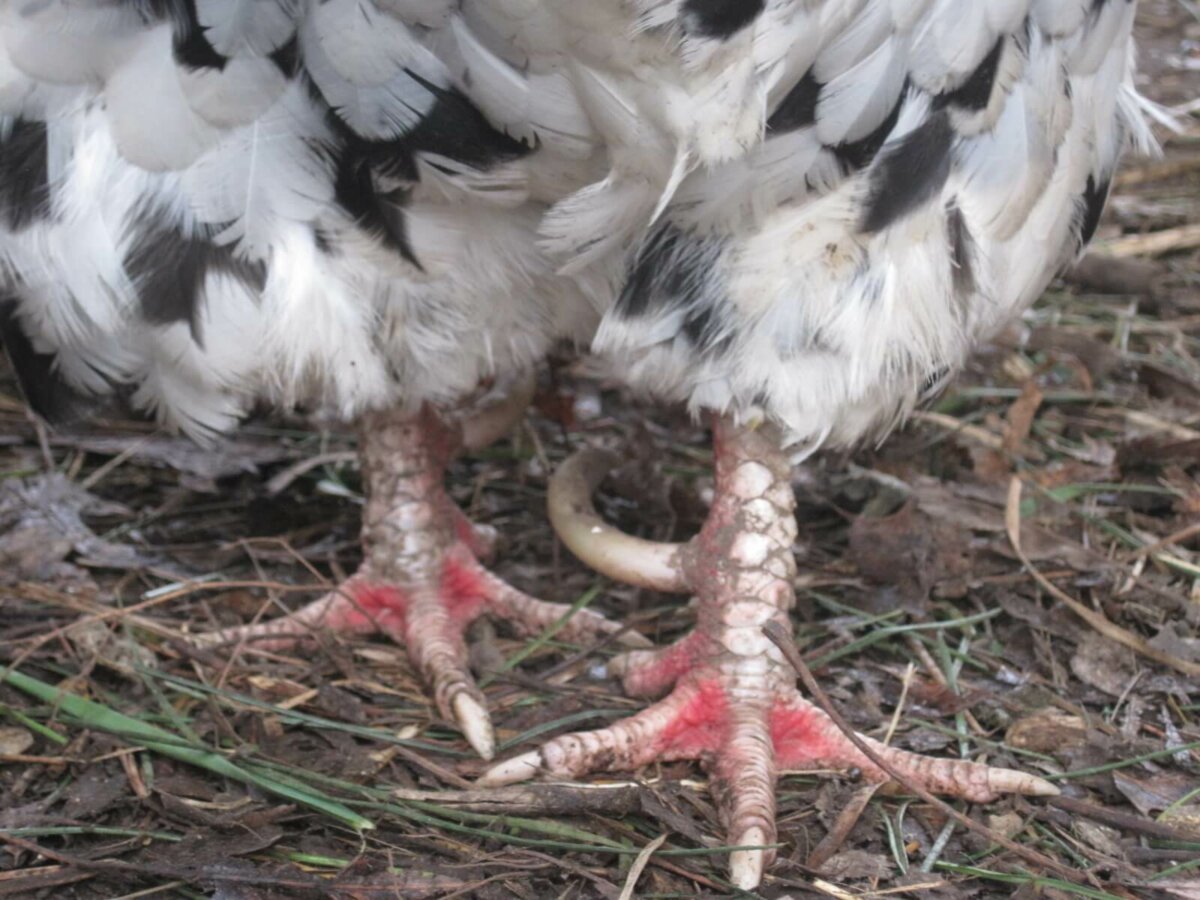
Spurs, therefore, can be an important part of your flock’s dynamic, particularly if you free-range your birds. The rooster is the first line of defense against threats, watching over your hens 24/7. Of course, you don’t want that pointy barrage to get turned against you, your pets, or your children.
So what is a responsible chicken-keeper to do with a rooster’s spurs? There are a handful of considerations to go through before you take action. Let’s discuss rooster spurs so you can make the best decision for your flock.
How To Manage Non-Problematic Rooster Spurs Without Removing Them
I have found that when you read through online articles or books discussing rooster spurs, you’ll quickly find yourself reading through a list of methods for removing them as if that were the only option for responsible flock management. I’d like to add a different thought. If your chicken has rooster spurs, but they aren’t causing any problems, just leave them alone.
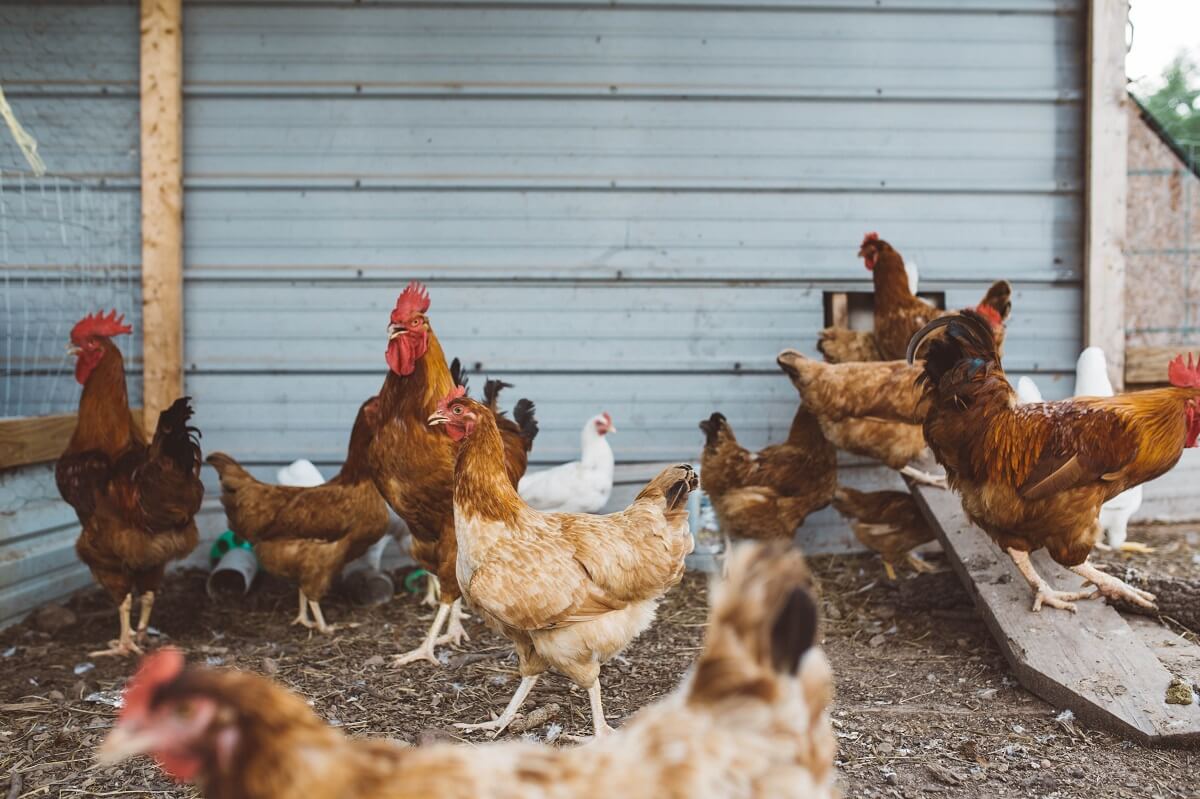
I understand that there are endless rationalizations for removing inconvenient or potentially dangerous animal parts. Keeping any animal has an inherent risk, of course, but I can’t recommend that you hack bits off just because you don’t like their threat. For example, just because my dog could bite me doesn’t mean I’m going to rip out all his teeth.
If you’re new to roosters and aren’t sure what to do with their spurs, let me first recommend ways to keep them from becoming an issue in the first place.
Choose A Gentle Breed
First off, if you want to keep a rooster and but are a chicken novice, help yourself and go for a breed known to be gentle with humans. Not every rooster is a maniac waiting to javelin you as soon as your back is turned — in fact, most aren’t.
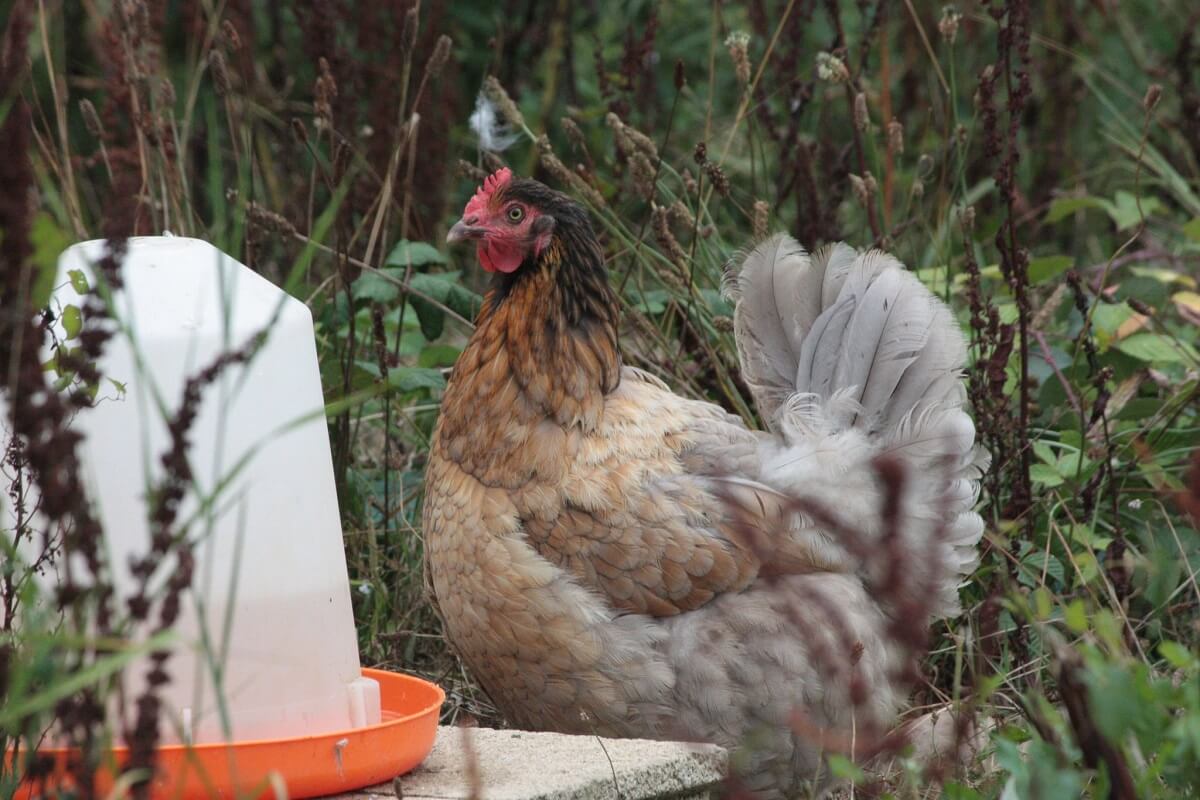
If you’re not well-versed on chicken breeds, I would recommend trying out an Australorp, Orpington, Naked Neck, or Cochin rooster. It’s probably best for a newbie to avoid a Rhode Island Red. While beautiful, they are somewhat notorious for being bad-tempered. Of course, keep in mind that birds are individuals. The only way to really know if you have a gentle rooster is to meet him.
Be Kind To Your Roosters
Second, be kind to your roosters. Remember, roosters often use their spurs for defense, so if the big guy feels threatened, he is more likely to lash out. Some keepers make a daily habit of catching and petting their roosters to keep relations friendly. I personally don’t cuddle with my rooster, but I do talk to him and make a point to calmly move in and through his personal space every day.
Teach Your Kids To Be Kind To Your Birds
Also, don’t let your pets or kids tease your birds. They may think it’s fun to chase your roo and scare him, but all they’re doing is preconditioning him to be permanently nasty and spur-happy. Finally, don’t act afraid around him. He can sense it. Go about your chicken business with kindness, confidence, and a watchful eye.
Be Aware Of Rooster Body Language
Third, take the time to understand rooster body language. No matter how calm he seems, always be aware of where he is and how he is responding to your presence. If a rooster is happy and content, he will take no notice of you. He’ll be far too busy making sure his hens are in order.
But when a rooster spends a long time looking at you, it’s because he’s not entirely comfortable. The term “cockeyed” may have come from a rather apt description of a rooster’s habit of inspecting a potential threat. If a rooster is uneasy about you, he might move toward you sideways, head down as if he were looking at something in the grass, but he’s really studying you.

You can see an aggressive rooster exhibiting this behavior in the first two minutes of this video. If he rushes and bumps into your leg, he’s showing aggression and you need to not take it lightly. If he starts fluffing up his feathers — particularly if the hackle feathers around his neck are on end — he’s getting ready to attack.
Take heart, though. If you have a gentleman of a rooster — and many are — you may never see him get to get to this point. Just treat him with respect and always keep yourself aware of his disposition, as you would with any male livestock.
Consider The Reasons Why Their Behavior Has Changed
Fourth, if you have an otherwise calm rooster who suddenly seems to turn aggressive, don’t immediately blame him — check yourself. These birds are often creatures of habit, and they can be upset by a change to the routine.
Are you wearing new, squeaky boots? Maybe a flappy raincoat? Things that may seem totally innocuous to a human eye may be a big scary threat to a simple-minded bird, and prompt him to bring out the spurs to protect his hens.
Make Sure Your Flock’s Sex Ratios Are Reasonable
Fifth, make sure the sex ratios in your flock are balanced. Listen, I bet that straight-run of fluffy chicks may have been a delight to raise, and they all have a string attached to your heart. But once the roosters distinguish themselves from the pullets — often emerging spurs are a tip-off — you need to make responsible choices with your bird population and either trade, sell, or eat the extra males.
Though general wisdom says each rooster should have 10 hens in his harem, a single rooster in his prime can handily fertilize and guard up to 16 hens, and at the very least, needs four to himself.
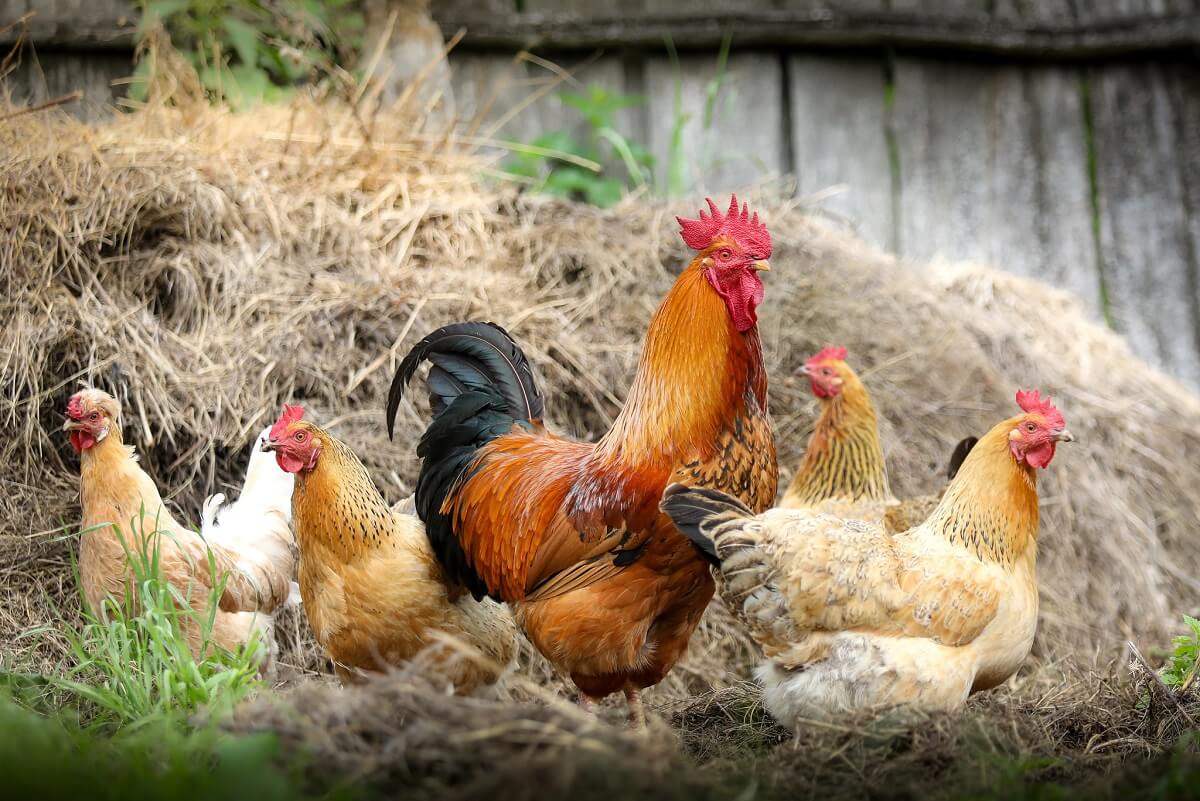
Keep too many roosters and too few hens, and before long you’ll have a very avoidable and unnecessary bloodbath on your hands. Though it may sound harsh, if your roosters are fighting and/or killing each other, it’s not their fault. It’s yours.
Related Post: Chicken Molting: What It Is And What To Expect
You can solve the problem by either establishing a second chicken flock and associated coop someplace else on your property, or getting rid of all but one of the roosters (depending on your flock size). Everyone, poultry and human alike will breathe a sigh of relief.
Remove The Mean Rooster All Together
Finally, if you have done all the above and you still have a mean bird that is prone to attack, make the judgment call and send him to the freezer. A rooster like that is not worth the trouble or threat to your homestead.
Meanness is thought to be passed on, too, so if you have an inherently nasty rooster, he may produce nasty offspring. There is nothing nasty, however, about a tasty bowl of homemade bad-rooster stew.
How To Deal With Problematic Rooster Spurs
Above said, there are a few instances where you may need to do some spur maintenance with your rooster.
The spur never really stops growing, and with some older birds, it may start to grow so long that it curls back toward the leg. In some instances, the spur can curl until it digs into the shank and harms the rooster. In this circumstance, a careful trim may alleviate the issue for the old guy. Be aware, though, that the spur will never stop growing, and in a year or so, you may need to give him another trim.
Another instance where rooster spurs can cause issues is in the spring when chicken hormones are raging, and mating is happening at what might seem like a constant pace. Even if the sex ratios in your flock are appropriate, your rooster may have a favorite hen who takes the brunt of his affections.
Related Post: Buying Baby Chicks: A First-Timer’s Guide
Or, you may have a rooster who just isn’t gentle with his girls and ends up tearing up their backs — usually, a young, inexperienced one is to blame. In both cases, you can either outfit any bare-backed hens with a special mating saddle for protection, or trim down the overzealous rooster’s spurs for temporary relief.
I will repeat it here, though, because I think it’s important. If you want to remove a rooster’s spurs because he’s aggressive towards people, it’s not worth it. Getting rid of the spurs doesn’t solve the problem. Get rid of the rooster.
How To Trim Rooster Spurs
You can trim down a spur much like you would a long toenail or the claws on a cat. It’s an attempt that you should probably make at night when the rooster is subdued anyway, and with the aid of a towel to hold him safe and secure. If he struggles even then, try covering his face to calm him.
When you do make a cut, trim carefully. If it’s your first time, I would recommend erring on the side of caution and cutting as little as necessary. If you hit the quick, hidden away beneath that hard outer shell, you’ll cause a lot of bleeding and damage — not to mention pain for the poor rooster who is already being held in an awkward, uncomfortable position. It is wise to keep some cornstarch or styptic powder on hand while you’re trimming spurs, in case you go a little too far.
Check out this video from Cackle Hatchery that uses a reciprocating saw. As you’ll see, the rooster will be left with a blunt nub of a spur that will take away his weapons for a time. Eventually, however, the point will regrow.
How To Remove Rooster Spurs
Another way to blunt the end of the spur is through judicious use of a file. You can see a video of the process here. You can also use a Dremel tool to quickly rasp it down — I’d certainly want to make it a 2-person job, though!
Technically, rooster spurs can be surgically removed by a veterinarian, but I have no idea why anyone would want to go through the risky and expensive process. I have also heard of cauterizing rooster spurs on baby chicks before they grow, but again, I believe it is an unnecessary, cruel, and potentially lethal hassle.
There are several methods for tearing off rooster spurs, but I don’t recommend them. Removing the outer spur totally exposes the sensitive, blood-rich quick. This could put the rooster in pain and may require a separate isolation area so he can go through the recovery.
And despite the fact you are tearing off the entire spur in this procedure, you are not eliminating it forever. Eventually, the rooster will heal and start to regrow the spur again. If you still think this is the best choice for your rooster, you can search for instructions on your own.
Frequently Asked Questions About Rooster Spurs
Can You Permanently Remove Rooster Spurs?
Technically, yes, but it will cost you. It’s possible to have a veterinarian surgically cut the cuticle from the rooster’s shank, but it is risky and expensive.
It is also possible to cauterize a chick’s spur bud to prevent a spur from growing in the first place, but again, it is a risk. It is possible that a damaged, misshapen spur may grow anyway. You should consult a veterinarian if you decide to try it.
Do All Roosters Get Spurs?
They all should, though there may be instances where a unique individual may not. Spurs may also develop on some hens — particularly Mediterranean breeds and older hens — so spurs alone are not an accurate indicator of gender.
Do Roosters Spurs Fall Off?
Naturally, they won’t. Think of them like a fingernail. They only fall off if something traumatic happens to them, like getting stuck on a fence or being torn. Not pleasant!
What Age Does A Rooster Get Spurs?
The answer to this question depends on the rooster’s breed and individual growth rate. Fully developed spurs can appear as early as three months, but some slower growing birds may take as long as nine.
Do Roosters Need Their Spurs Trimmed?
The answer to this question depends on the rooster and the circumstance. If the spurs of a personable rooster aren’t causing any problems, I would advise to leave them alone.
If the spur on an older rooster is curling back and hurting his leg, a trim would be wise. If the spurs are harming the hens’ backs during mating season, a trim could give them some relief. If the rooster is attacking people and hurting them, don’t waste time trimming his spurs. Send him to the freezer!
Hopefully, this article takes some of the unknown out of rooster spurs for all the new chicken-keepers out there. Chime in with comments below. Do you have any other questions? Any stories about your roosters to regale us all? I welcome agreements and disagreements to my opinions. What are your approaches to rooster spurs?




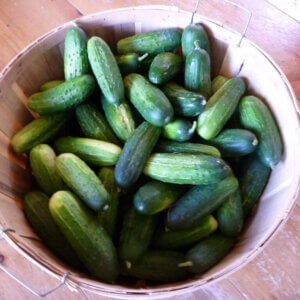




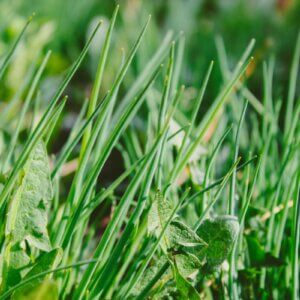










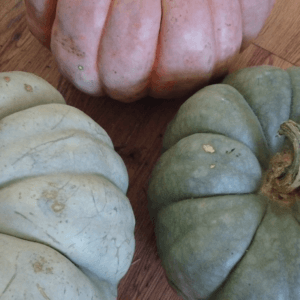




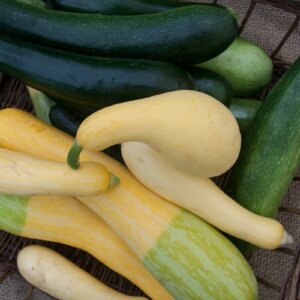



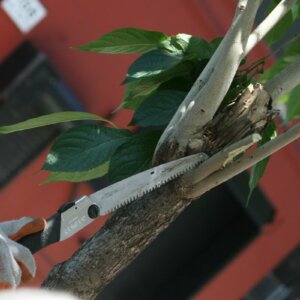

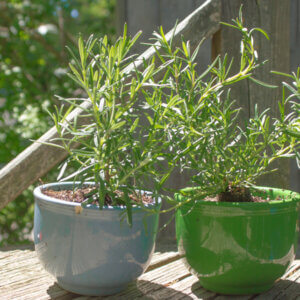
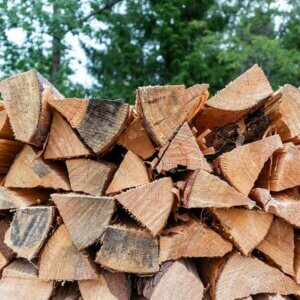


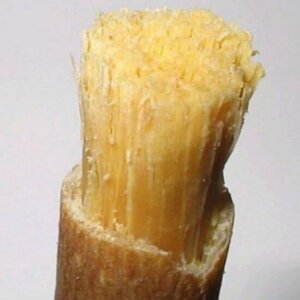



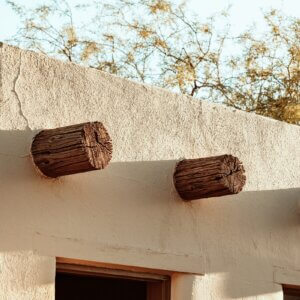

Leave a Reply